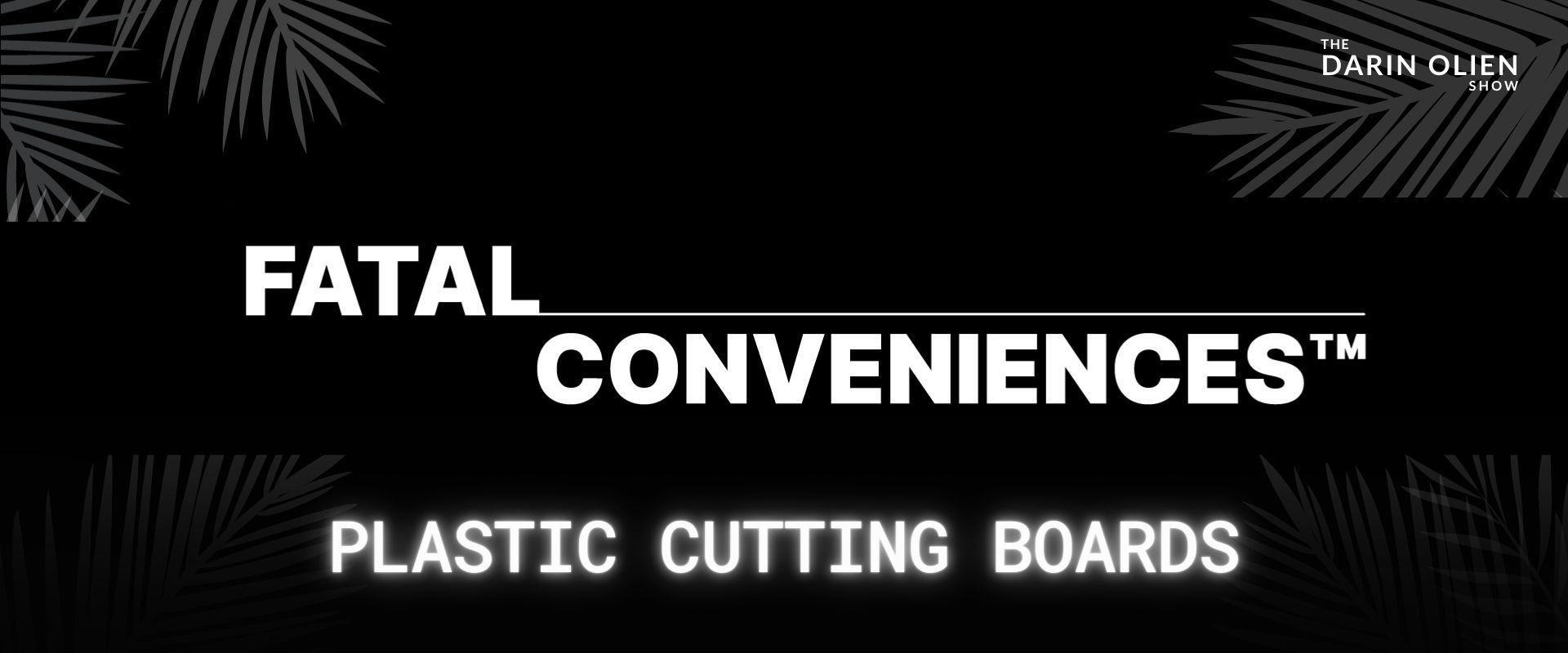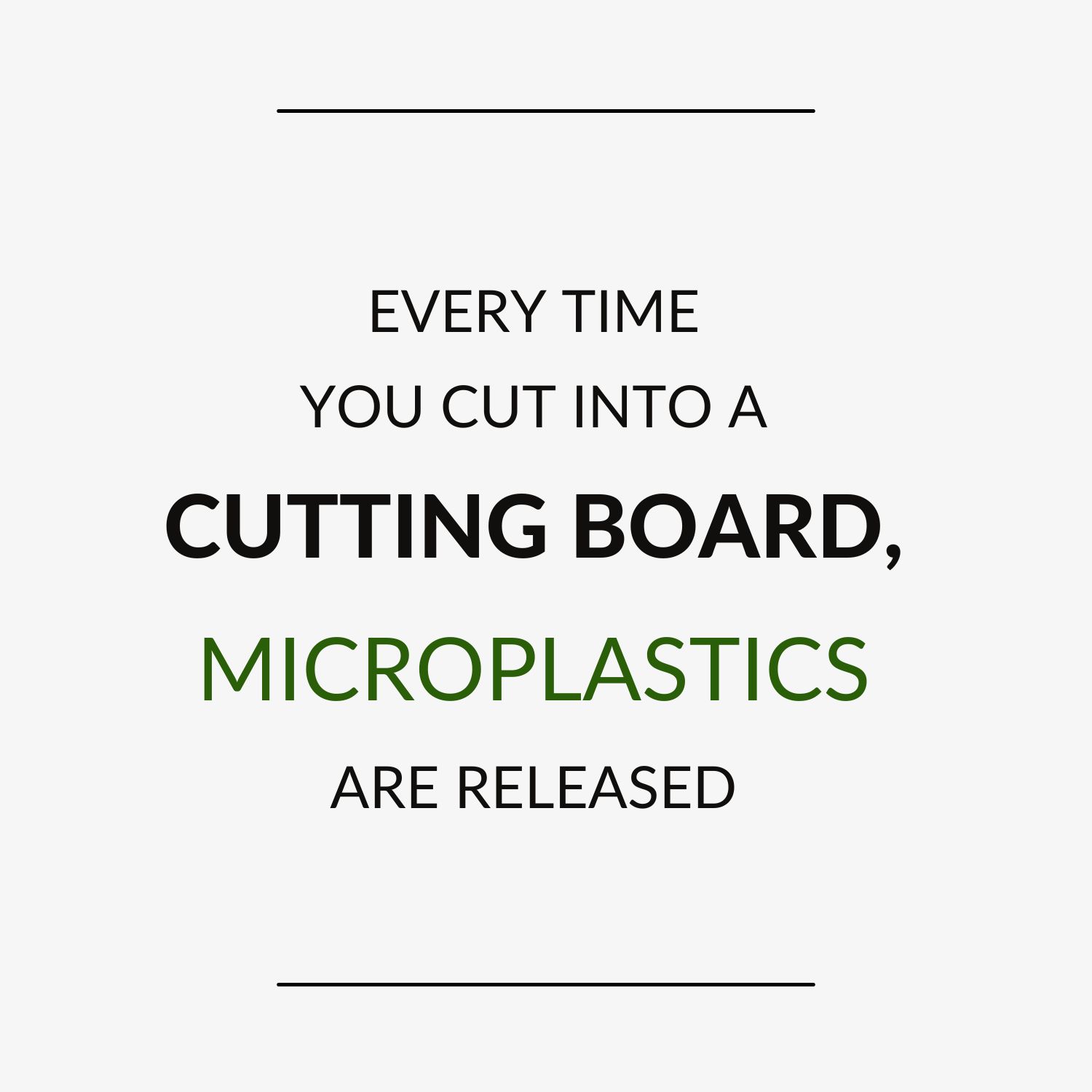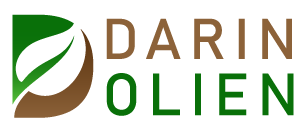22 Dec Plastic Cutting Boards | Fatal Conveniences™

Podcast: Play in new window | Download
Subscribe: RSS
Every year, 320 tons of plastic are produced globally. While there are millions of plastic bottles and other single-use plastics sitting in landfills and in our oceans, it goes even beyond that. There are common home goods made from plastic that seem convenient and harmless, but are, in fact, dangerous. For example– plastic cutting boards. Are they really necessary? What are some non-toxic, safe options you can use instead?
WELCOME TO Fatal Conveniences™. 
Cutting boards are a useful kitchen tool that you probably use every day. But have you thought about what your cutting board is made of and how it may affect your food? Plastic cutting boards are inexpensive and marketed as the most hygienic option– but are they? We’ve been fed a lot of myths about the necessity of plastic cutting boards. And the truth is, there are much better options out there.
Are Plastic Cutting Boards Safe?
The short answer is no, plastic cutting boards are not safe. Even companies that claim their cutting boards are made from “environmentally friendly” or “food-safe” plastic aren’t telling the whole truth. Even “BPA-free” plastics could be leaching toxins into your food. Every time you cut down on a plastic cutting board, microplastics are released, and I have the studies to back that up.
In this episode, we’ll go over how plastic cutting boards are made and why you should be wary of any kitchen tool made of plastic. We’ll go over the risks involved in using plastics around food, and why you should be wary of plastic greenwashing. And, of course, I’ll give you plenty of safe, earth-friendly alternatives to use instead.
BREAKDOWN
[00:02:20] Using plastic cutting boards
[00:03:25] The green-washing of plastic home products
[00:06:41] Studies of microplastics in plastic cutting boards
[00:08:48] Non-toxic alternatives
I really hope you enjoyed this episode of The Darin Olien Show! If you want to support or follow the podcast, here’s how:
Subscribe, rate or listen on Apple, Spotify, Stitcher
Follow my Instagram to keep updated on the podcast, weekly deep dives and other projects that I’m supporting (and the occasional Chaga appreciation post)
Sign up for my weekly Fatal Conveniences™ Email to get topic breakdowns & solutions delivered straight to your inbox.
For feedback or suggestions, email my team at [email protected]
Find the list of brands & products that get the big tick of approval from me here.
Comment below to join the discussion!
Podcast: Play in new window | Download
Subscribe: RSS




Sorry, the comment form is closed at this time.